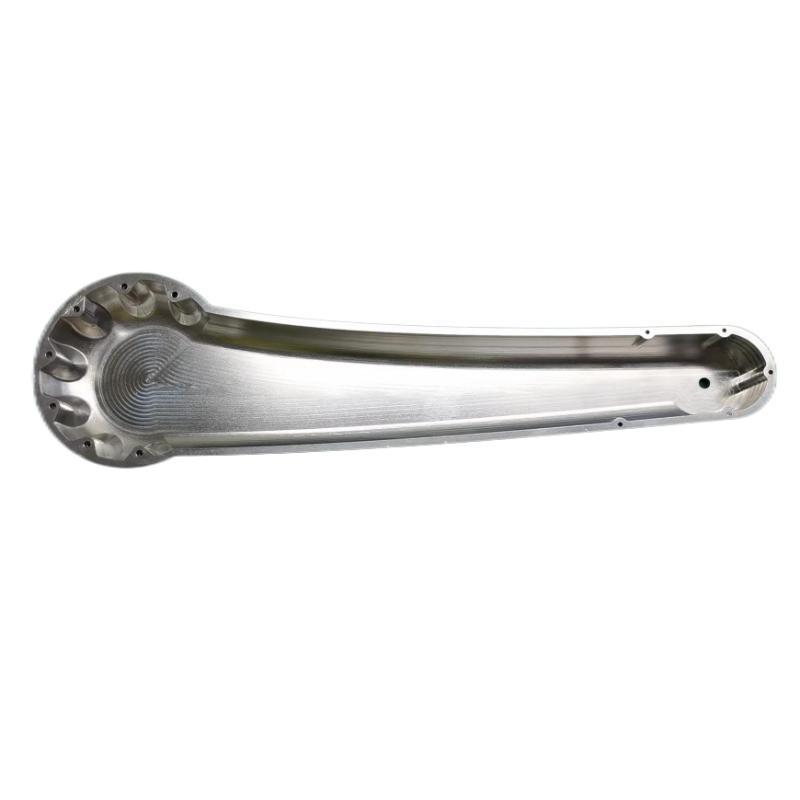How to Determine Whether the CNC Tool Needs to Be Replaced?

Several factors indicate when a CNC tool needs replacing:
l Visual Inspection: Regularly inspect the tool for signs of wear like:
l Flank Wear: Gradual wear on the tool flank surface, reducing cutting efficiency and increasing cutting forces.
l Chipping: Small fractures or breaks on the cutting edge, affecting surface finish and potentially causing dimensional errors.
l Crater Wear: Cratering on the tool face due to high temperatures and pressure, leading to reduced tool life and potential breakage.
l Cutting Performance: Observe changes in cutting performance, such as:
l Increased Cutting Forces: Higher force required to maintain the same cutting speed indicates increased tool wear.
l Poor Surface Finish: Noticeable deterioration in the surface finish of the machined parts can signal tool dullness.
l Dimensional Inaccuracy: Deviations from desired part dimensions might be caused by excessive tool wear.
l In-Process Monitoring: Modern CNC machines with in-process monitoring can provide real-time data on:
l Cutting Forces: Increased force beyond a set threshold can indicate tool wear and trigger an alert for replacement.
l Spindle Vibration: Excessive vibration can be a sign of tool imbalance due to wear or chipping, requiring tool replacement.
By combining visual inspection with cutting performance observations and any available in-process monitoring data, you can make informed decisions about CNC tool replacement. There's no single definitive sign; it's often a combination of these factors.
- Art
- Causes
- Crafts
- Dance
- Drinks
- Film
- Fitness
- Food
- Giochi
- Gardening
- Health
- Home
- Literature
- Musica
- Networking
- Altre informazioni
- Party
- Religion
- Shopping
- Sports
- Theater
- Wellness


